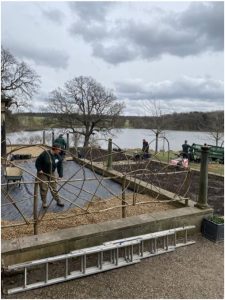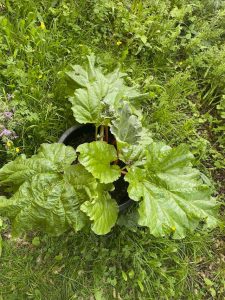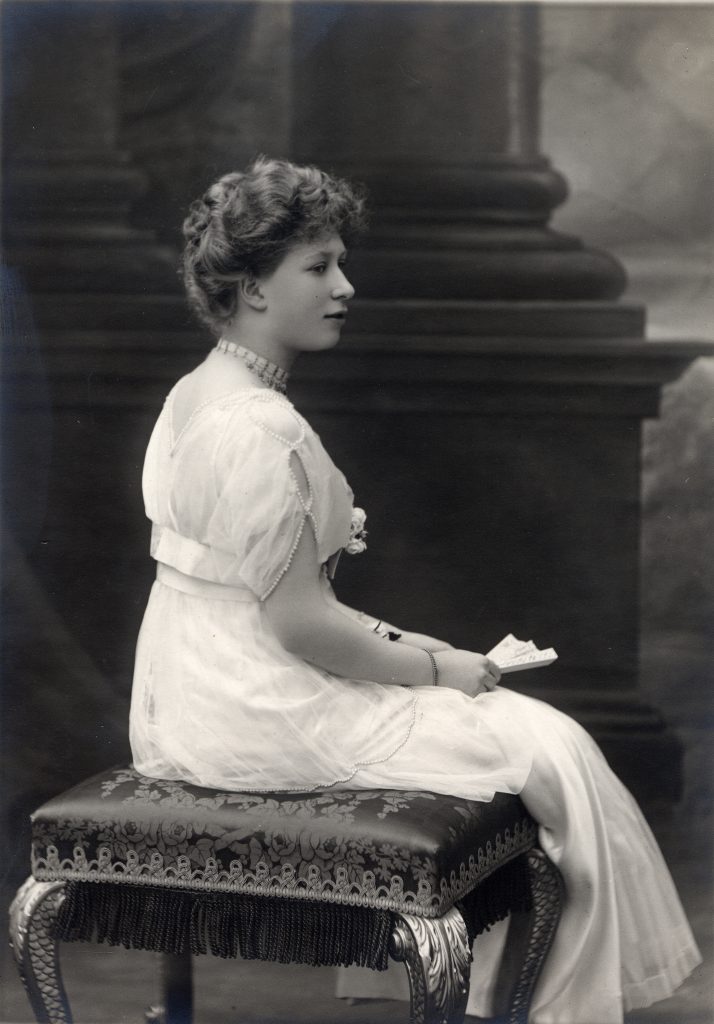As preparations for our Christmas experience, Harewood’s Great Time Travelling Christmas, get underway we spoke to Graham Burn, Director of Studio MUTT, about this unique collaboration with Harewood House.
How would you describe Harewood’s Great Time Travelling Christmas?
It’s a familiar yet peculiar installation, playing on our collective imagination at Christmas. We’ve spent a lot of time thinking about those memorable and nostalgic things that sum up our Christmases past, and it’s not what you’d initially expect. It’s the little things, like your Gran’s decorations, the 90s Christmas disco, or sneaking in a drink while your parents weren’t looking. We’ve also looked forward and imagined the Christmases of our near future, where lab grown turkeys and hydroponic sprouts are on our table at dinner time.
We’ve taken the historic uses of the spaces in the house as inspiration for the installations ; Christmas music in the music room, a futuristic Christmas banquet in the dining hall and sum up what Christmas feels like in each decade since the 1950s. We’re really hoping that it will bring a smile to people’s faces and to bring back memories for people
What have been the biggest challenges of working at Harewood House?
These incredible rooms inside this historic building are simply unique and whilst they create an incredible backdrop to our experience, they also make the exhibition more challenging to build.
This is a listed building and we’re really restricted in what we can do in the space – no drilling into walls or painting the floor. We need to respect and protect the incredible interiors whilst transforming the space into something new.
It’s been a really creative process. We’ve used lighting to create a sense of theatre and change the ‘feeling’ in each room. We’ve also used lots of ‘found’ objects that we can place in rooms to evoke a lived in, domestic environment. This really adds that sense of nostalgia. Almost like creating dream-like representations of Christmas’s that might have taken place in your home and mine. And we’ve added lots of flat, graphic, free standing elements to give the experience an almost surreal quality and some festive sparkle.
What do you hope visitors will take away once they’ve experienced Harewood’s Great Time Travelling Christmas?
I hope they leave having been reminded of a happy Christmas from the past. I hope they’ll feel inspired to share their memories with their family and friends and to start new traditions, or dig out some of the old ones.
It really is an interactive experience that is designed to be shared and for me that’s what Christmas is about. So whether people are visiting to get in the Christmas spirit or to get out of the house between Christmas and new year, we hope it will add some fun and humour to your celebrations this year. We hope people have as much fun experiencing it as we had creating it – we guarantee you won’t have seen anything like this before.
Find out more about Christmas at Harewood and pre-book online at harewood.org/




